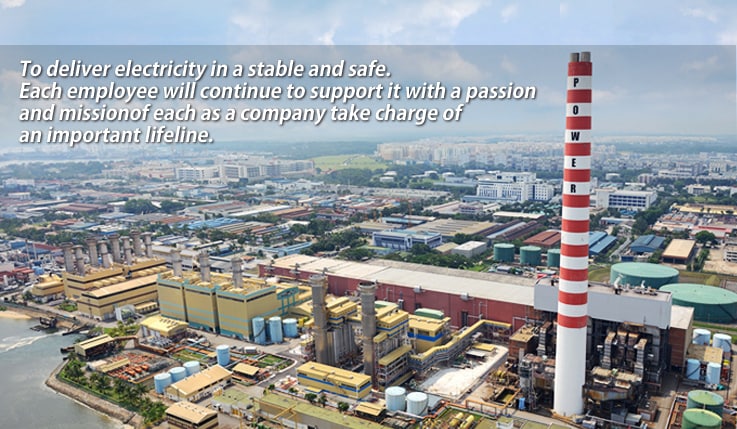An operation with potentially "apocalyptic" consequences is expected to begin in a little over
two weeks from now - "as early as November 8" - at Fukushima's
damaged and sinking
Reactor 4, when plant operator TEPCO will attempt to remove over 1300
spent fuel rods holding the radiation equivalent of 14,000 Hiroshima
bombs from a spent fuel storage tank perched on the reactor's upper
floor.
 Fukushima Reactor 4
Fukushima Reactor 4 While
the Reactor 4 building itself did not suffer a meltdown, it did suffer a
hydrogen explosion, is now tipping and sinking and has
zero ability to withstand another seismic event.
The Japan Times explained:
To
remove the rods, TEPCO has erected a 273-ton mobile crane above the
building that will be operated remotely from a separate room.
[...]
spent fuel rods will be pulled from the racks they are stored in and
inserted one by one into a heavy steel chamber while the assemblies are
still under water. Once the chamber is removed from the pool and lowered
to the ground, it will be transported to another pool in an undamaged
building on the site for storage.
Under normal circumstances, such
an operation would take little more than three months, but TEPCO is
hoping to complete the complicated task within fiscal 2014.
A chorus of voices has been sounding alarm over the never-been-done-at-this-scale plan to
manually remove
the 400 tons of spent fuel by TEPCO, who so far has been responsible
for mishap after mishap in the ongoing crisis at the crippled nuclear
plant.
Arnie Gundersen, a veteran U.S. nuclear engineer and director of Fairewinds Energy Education,
warned this summer
that "They are going to have difficulty in removing a significant
number of the rods," and said that "To jump to the conclusion that it is
going to work just fine is quite a leap of logic." Paul Gunter, MD,
Director of the Reactor Oversight Project with Takoma Park, Md.-based
Beyond Nuclear, also sounded alarm on Thursday, telling
Common Dreams
in a statement that "Given the uncertainties of the condition and array
of the hundreds of tons of nuclear fuel assemblies, it will be a risky
round of highly radioactive pickup sticks." Gundersen
offered this analogy of the challenging process of removing the spent fuel rods:
If
you think of a nuclear fuel rack as a pack of cigarettes, if you pull a
cigarette straight up it will come out — but these racks have been
distorted. Now when they go to pull the cigarette straight out, it’s
going to likely break and release radioactive cesium and other gases,
xenon and krypton, into the air. I suspect come November, December,
January we’re going to hear that the building’s been evacuated, they’ve
broke a fuel rod, the fuel rod is off-gassing. […]
I suspect we’ll
have more airborne releases as they try to pull the fuel out. If they
pull too hard, they’ll snap the fuel. I think the racks have been
distorted, the fuel has overheated — the pool boiled – and the net
effect is that it’s likely some of the fuel will be stuck in there for a
long, long time.
The Japan Times adds:
Removing
the fuel rods is a task usually assisted by computers that know their
exact location down to the nearest millimeter. Working virtually blind
in a highly radioactive environment, there is a risk the crane could
drop or damage one of the rods — an accident that would heap even more
misery onto the Tohoku region.
As long-time anti-nuclear activist Harvey Wasserman
explained, the
Spent
fuel rods must be kept cool at all times. If exposed to air, their
zirconium alloy cladding will ignite, the rods will burn and huge
quantities of radiation will be emitted. Should the rods touch each
other, or should they crumble into a big enough pile, an explosion is
possible.
"In the worst-case scenario,"
RT adds,
the
pool could come crashing to the ground, dumping the rods together into a
pile that could fission and cause an explosion many times worse than in
March 2011.
Wasserman says that the plan is so risky it
requires a global take-over,
an urging Gunter also shared, stating that the "dangerous task should
not be left to TEPCO but quickly involve the oversight and management of
independent international experts."
Wasserman told
Common Dreams that
The
bring-down of the fuel rods from Fukushima Unit 4 may be the most
dangerous engineering task ever undertaken. Every indication is that
TEPCO is completely incapable of doing it safely, or of reliably
informing the global community as to what's actually happening. There
is no reason to believe the Japanese government could do much better.
This is a job that should only be undertaken by a dedicated team of the
world's very best scientists and engineers, with access to all the
funding that could be needed.
The potential radiation releases in
this situation can only be described as apocalyptic. The cesium alone
would match the fallout of 14,000 Hiroshima bombs. If the job is
botched, radiation releases could force the evacuation of all humans
from the site, and could cause electronic equipment to fail. Humankind
would be forced to stand helplessly by as billions of curies of deadly
radiation pour into the air and the ocean.
As dire as Wasserman's warning sounds, it is echoed by fallout researcher Christina Consolo, who
told RT that the worst case scenario could be "a true apocalypse." Gunter's warning was dire as well.
"Time
is of the essence as we remain concerned that another earthquake could
still topple the damaged reactor building and the nuclear waste storage
pond up in its attic," he continued. "This could literally re-ignite the
nuclear accident in the open atmosphere and inflame it into hemispheric
proportions," said Gunter.
Wasserman says that given the gravity of the situation, the eyes of the world should be upon Fukushima:
This
is a question that transcends being anti-nuclear. The fate of the
earth is at stake here and the whole world must be watching every move
at that site from now on. With 11,000 fuel rods scattered around the
place, as a ceaseless flow of contaminated water poisoning our oceans,
our very survival is on the line.
____________________
This work is licensed under a Creative Commons Attribution-Share Alike 3.0 License
..........











